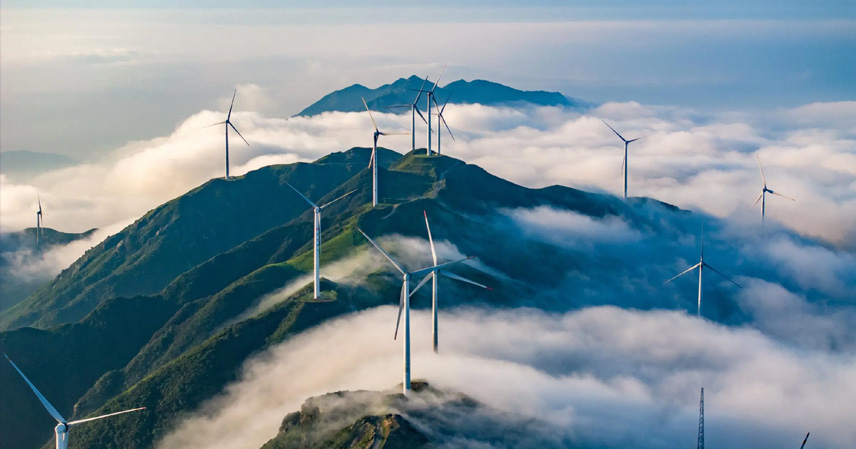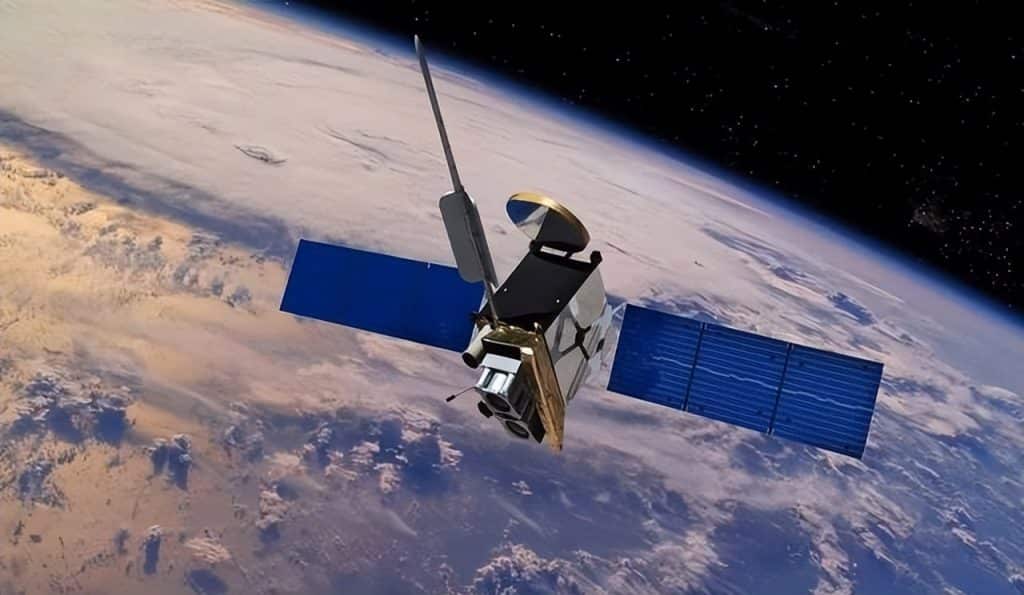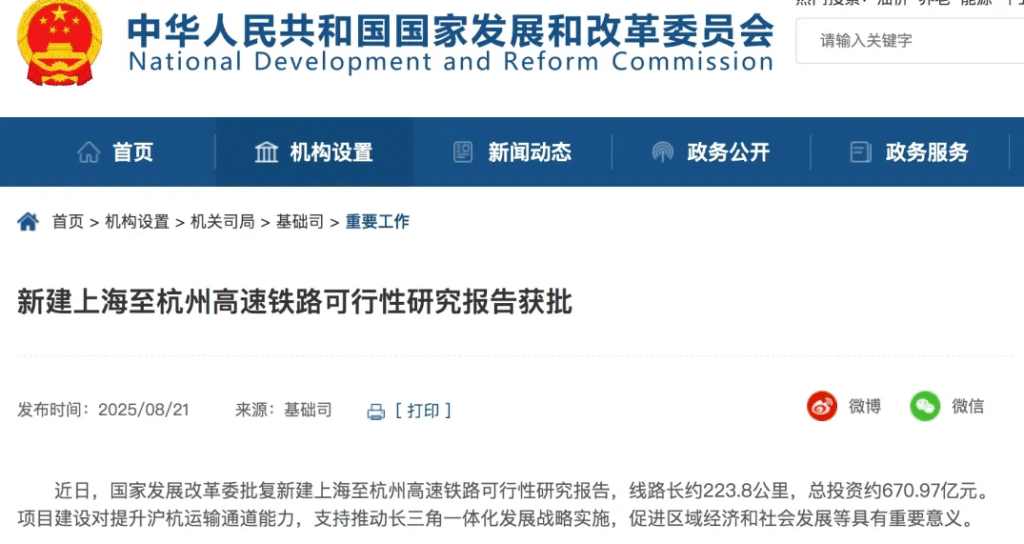If someone told you that those giant “windmills” quietly spinning in fields and coastal areas are actually a form of “garbage electricity,” would you believe it?
In recent years, many Western countries have been dismantling wind turbines, while China has been aggressively expanding wind power projects. Wind turbines have now become a common sight across the country. So, what’s the truth? Is wind energy truly a green resource, or is it an overhyped illusion?
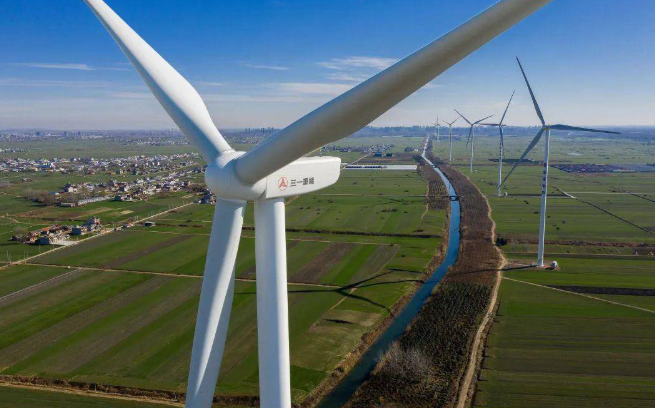
Wind Power in Villages
You may have heard of “solar power in villages,” but now “wind power in villages” is no longer something new.
In 2021, 118 cities and over 600 wind power enterprises launched the “Wind Power Partner Action,” aiming to install 10,000 turbines in 5,000 villages during the 14th Five-Year Plan. Many doubted its feasibility, thinking it sounded good on paper but would be difficult to implement.
In fact, humans have relied on windmills for centuries, even before the Industrial Revolution, for tasks like grinding grain and pumping water. Today, advanced wind turbine technology is making a comeback in villages.
Even in inland areas with relatively low wind speeds, like Henan Province, installing two 5 MW turbines can generate 25 million kWh annually. With local electricity pricing, this could mean net profits of more than three million RMB per year. Considering that nearly half of China’s villages have annual incomes below 50,000 RMB, wind power represents real economic opportunity. Moreover, with a long industrial chain, wind power also stimulates local employment—hardly a losing business.
Another advantage: turbines don’t compete for farmland. A turbine site requires less than 100 square meters, leaving surrounding farmland untouched. Unlike other projects that consume arable land or disrupt ecosystems, wind power can thrive in scattered plots of land nationwide.
For this reason, wind power has become a new engine for rural revitalization—solving electricity shortages, optimizing energy structures, and creating jobs.
That said, turbines are tall, noisy, and not every village is eager to host them.
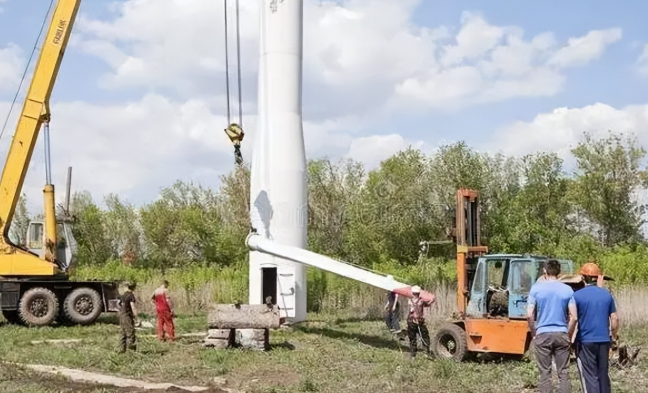
Why the West Is Tearing Them Down
Despite these advantages, wind power has been labeled “garbage electricity” in the West. Critics argue it kills birds, accelerates climate change, and isn’t cost-effective.
Some studies claim that wind turbines cause around 100,000 bird deaths globally each year, and that their operation releases heat that may alter local wind patterns.
But these claims don’t hold up well. In reality, buildings and cats pose far greater threats to birds than turbines do. And compared to greenhouse gas emissions, the heat released by turbines is negligible.
So, why is the West backing away? The real reason lies in rising costs and equipment failures.
In 2023, multiple offshore wind projects in Europe were halted. Sweden canceled the Norfolk offshore project in the UK, citing a 40% cost increase. Siemens Energy revealed systemic defects in its turbines, leading to billions in losses.
The U.S. faced similar setbacks: developers quit or renegotiated projects due to soaring costs, causing delays and cancellations.
Western wind power has fallen into a vicious cycle: wanting to cut reliance on Chinese supply chains, but lacking domestic capacity to scale. For years, Western wind firms relied on China to keep costs down. Under political pressure to “de-China” supply chains, projects became financially unsustainable.
Add to that policy inconsistency—Trump halted offshore wind, Biden revived it, Trump could cancel again—businesses find it impossible to plan long-term. Wind power is a strong technology, but if mismanaged, it becomes a costly gamble.
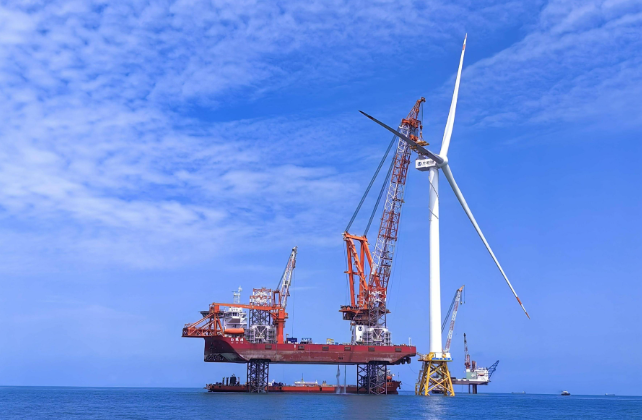
China’s Wind Power Boom
China has taken the opposite path. By the end of 2022, China’s cumulative wind power capacity reached about 395 GW—more than double that of the U.S.—and continues to grow at over 10% annually.
This success isn’t just due to policy support. Chinese companies have achieved breakthroughs in both technology and cost reduction.
The maturity of low-wind-speed turbine technology means even inland villages can generate stable electricity. And with a robust supply chain, Chinese turbines cost significantly less than Western models—sometimes half the price.
In 2023, China connected its first 16 MW offshore turbine to the grid—the world’s largest—while a 26 MW turbine was installed in Shandong, fully developed with domestic IP. These “mega machines” show China has moved from follower to leader in wind power.
Even in the challenging field of floating wind power, China is advancing. The “Three Gorges Leading” platform, Asia’s first commercial floating wind farm, now stands in Guangdong’s Yangjiang waters, showcasing China’s readiness to tap deep-sea wind resources.
In short, China’s strategy combines steady expansion with solid technological accumulation and supply chain strength, allowing resilience amid global fluctuations. But can this momentum last?
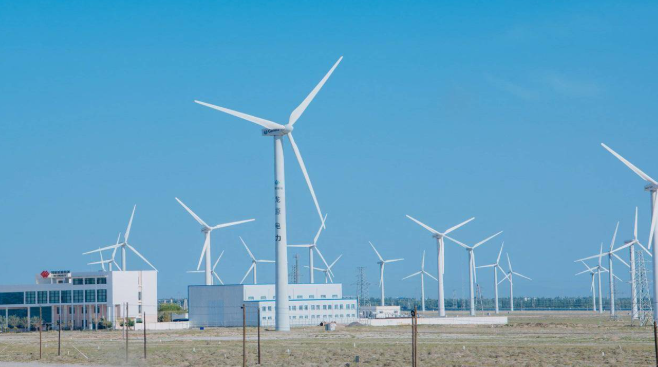
The True Value of Wind Power
So, is wind power valuable? The answer is clearly yes.
Global wind resources total around 10,000 GW—ten times more than hydropower. Each year, wind generates electricity equivalent to one-tenth of coal power, without emitting CO₂.
Bird deaths and climate concerns are often overstated. In fact, modern turbines are quieter, slower, and increasingly eco-friendly.
Today, China leads the world in installed wind capacity—double that of the U.S.—and continues to push technological frontiers. Its 16 MW offshore turbine, with 123-meter blades, is the largest in the world, all domestically made.
More importantly, wind power drives an entire industrial chain—from steel and composites to smart controls and grid transmission—boosting employment and economic activity.
Wind power is more than just electricity. It represents energy security, high-end manufacturing, and even international influence. China’s push is not about “throwing money away,” but about securing its future in clean energy.
Wind power is far from “garbage.” Like any energy source, it has pros and cons. Western dismantling reflects failed business models and political risks, while China’s expansion stems from real technological progress and cost control.
As breakthroughs continue and costs fall, today’s challenges in efficiency, environmental impact, and grid integration will likely be solved. China has already secured a strong lead in this race. Whether wind power is “garbage” or not—time will tell.
References
- China National Energy Administration (NEA) reports
- International Energy Agency (IEA) wind energy statistics
- Siemens Energy financial disclosures (2023)
- U.S. Department of Energy wind power updates

